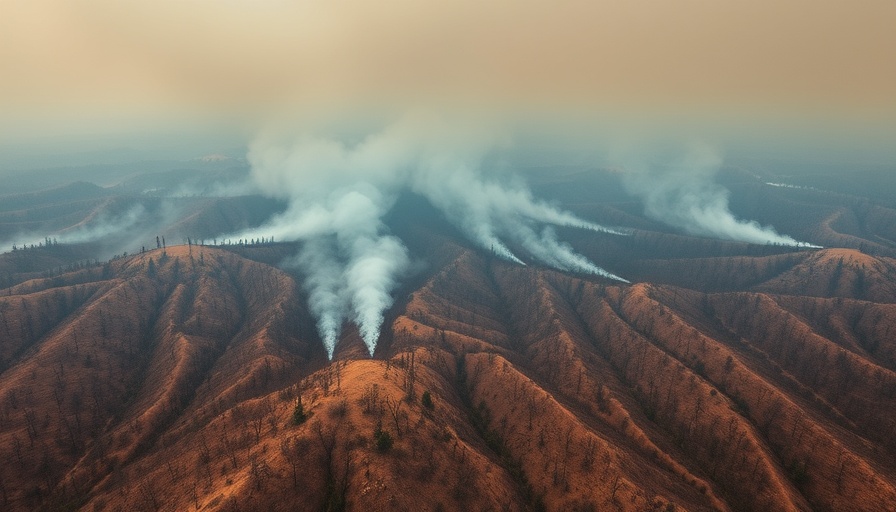
Texas Takes Bold Steps to Tackle Wildfire Preparations
In response to devastating wildfires that have increasingly threatened communities across the state, Texas lawmakers are rolling out significant reforms aimed at improving how state agencies prepare for and respond to these crises. A new Senate bill proposes sweeping changes that could reshape the landscape of wildfire management in Texas, addressing both immediate concerns and long-term strategies.
Understanding the Urgency Behind the Legislation
The past years have seen a troubling rise in wildfire incidents in Texas, fueled by a combination of climate change, drought, and increasing urban development in wildfire-prone areas. With more people squished into growing towns and cities, the risk of wildfires impacting human settlements has never been higher. The proposed bill seeks to enhance coordination among agencies such as the Texas Forest Service, local fire departments, and state emergency management to create a unified front against potential disasters.
What Changes Are Proposed?
Among the critical elements of the bill are mandates for improved training and increased funding for firefighting resources. This includes better equipment, technology to monitor fire conditions, and more training sessions for first responders. Another significant aspect is the emphasis on community education programs aimed at preparing residents for potential evacuation and safety measures.
What Experts Are Saying
Experts in fire management have lauded the proposal but also caution against assuming it will be a catch-all solution. Many highlight the need for sustained funding over time and reiterate that community engagement will be just as crucial as legislative support. According to Sarah Johnson, a wildfire management expert at Texas A&M University, “While this bill is a step in the right direction, the real challenge lies in its implementation and ensuring all communities are involved.”
Resilience and Recovery: Focusing on Community
The bill also aims to foster resilience in communities that have already faced devastating wildfires. By implementing recovery plans that focus not just on rebuilding but improving infrastructure to prevent future disasters, lawmakers hope to pave a smoother path for recovery. Local leaders have pointed out that getting residents involved in these plans allows them to take ownership of the solutions that will protect their homes.
Potential Challenges Ahead
Despite the bipartisan support for the legislation, challenges may arise during implementation. Local governments might struggle with integrating new procedures into existing systems, especially without adequate funding. Moreover, the ongoing political climate can create hurdles in ensuring that the necessary resources are allocated and maintained.
Future Impact: A Look Ahead
As Texas prepares for what could be another challenging wildfire season, the passage of this bill may pave the way for a more proactive approach to disaster management. By addressing systemic issues in wildfire preparedness and response, Texas could serve as a model for other states grappling with similar challenges. As communities rally to support the proposed changes, the real test will be how effectively they are translated into action.
The push for improved wildfire response is not just about protecting property; it’s about saving lives. As residents of Texas watch these developments unfold, involvement in community safety programs becomes paramount. By staying informed and engaged, Texans can contribute to shaping a safer future.
 Add Element
Add Element  Add Row
Add Row 



Write A Comment